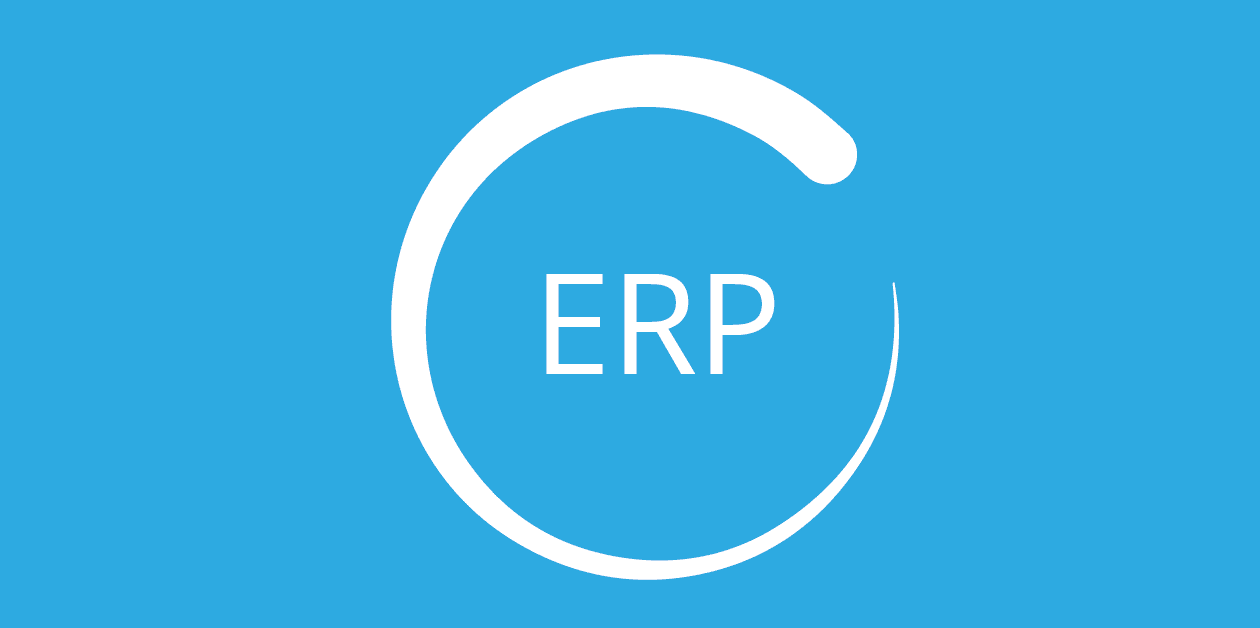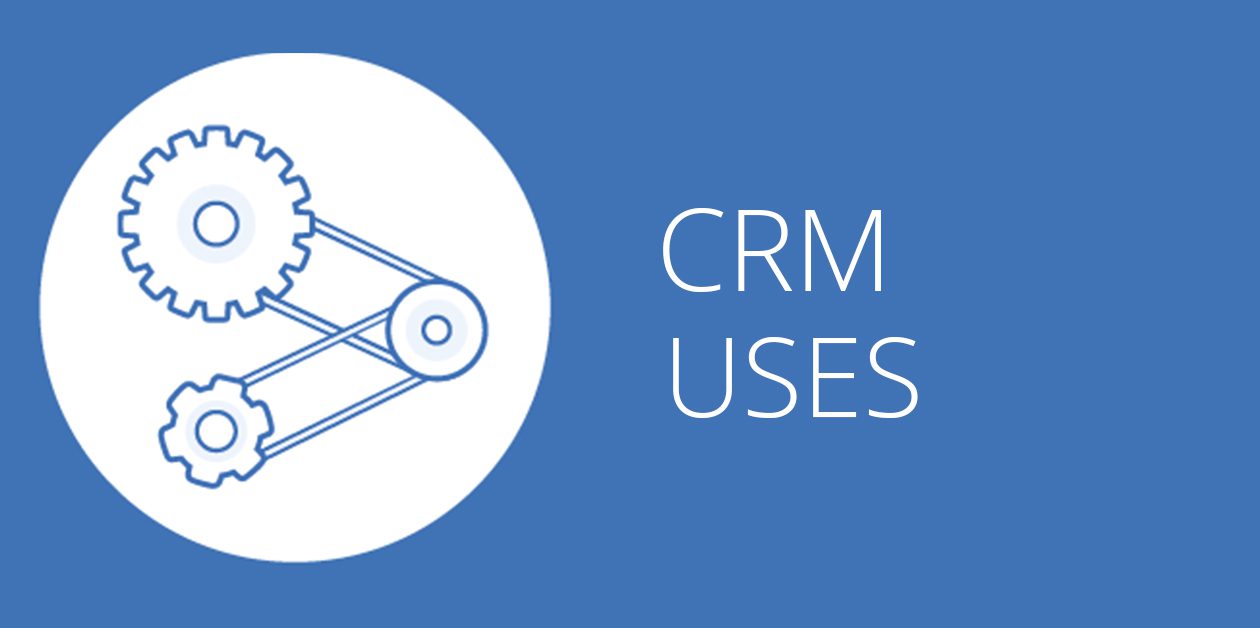Share
Read also
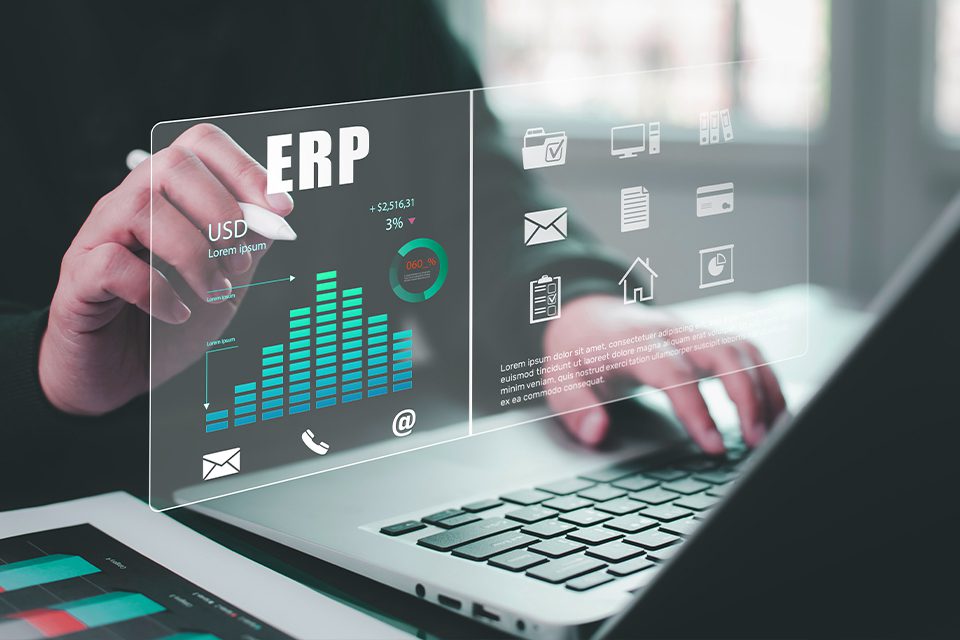
Cloud
Cloud ERP, AI and sustainability will dominate in 2024
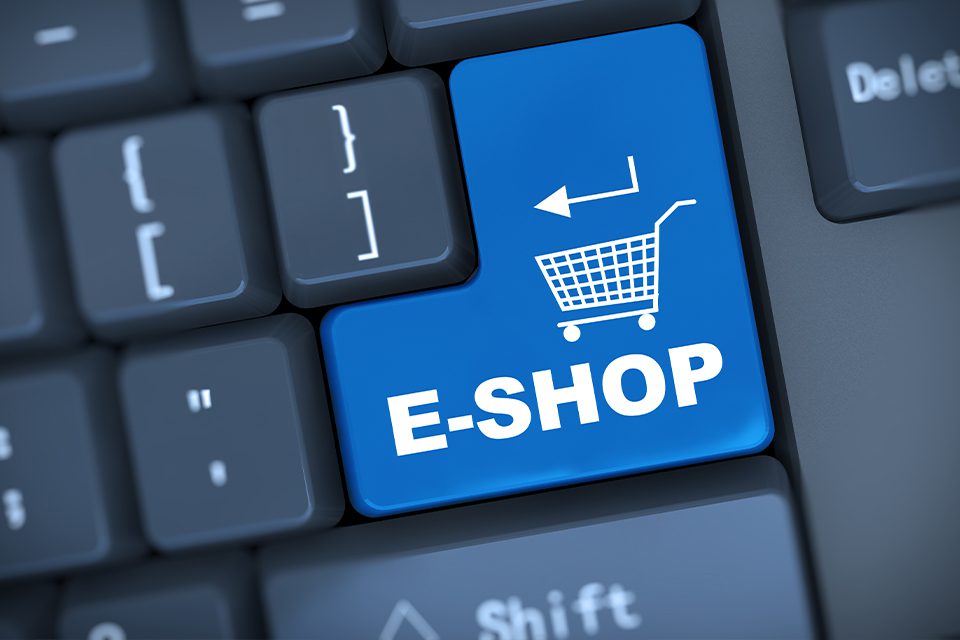
Trends & Views
How Digital Transformation affects e-commerce

News & Events
PCE HI-TECH SOLUTIONS invests in Soft1 Cloud ERP Series 6 for the Digital Transformation of its operation
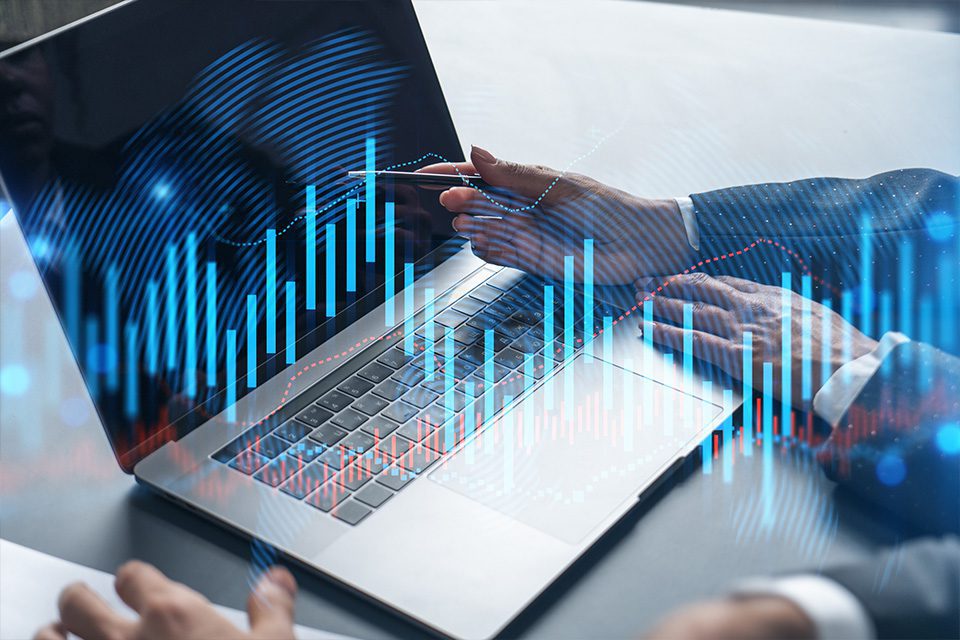
Trends & Views
Digital Transformation Trends for 2024
ERP systems have their own lifecycle as, at a certain point, vendors no longer provide support for older systems. So, there will come a time when you’ll have to either upgrade your system or acquire a new one. Read below to find out more about the ERP lifecycle: from implementation to maintenance, gradual wear and tear, and renewal.
Implementation and customization
These are the stages that require the greatest attention, as they more or less determine the overall success of your project. It is possible that issues of understanding and confusion may arise among the system users, as well as important questions. Therefore, you may need to modify the existing workflows, so that they respond to the new system. This is an important opportunity, and therefore you should take your time and consult with your vendor, so as to avoid unwanted disruptions.
If necessary, the required corrections and tests will be made, and the system will be adjusted to the specific needs of the users. With the help of your vendor, the system’s implementation will be completed seamlessly, without any productivity losses. Training is another important factor for the success of your system’s implementation, which you should not ignore or skip.
Maintenance
The continuous maintenance process is both necessary and vital to your business. Once your employees start using the new ERP system, there will be certain areas requiring optimization and modification -from reports to workflows, and so on. In this case, you may need to modify your source code or take other similar actions.
On the bright side, maintenance is often included in your agreement with your vendor. Obviously, the more complicated your system is, the more time its maintenance will require. Another parameter is the addition of new modules, where the involvement of your vendor will again be required for the implementation of the necessary settings.
Wear and tear
After a certain point, it will become obvious that the cost and time required for the system’s maintenance are disproportionate to its benefits. So, it will be clear that your system no longer meets your business requirements, while complications make its maintenance too costly. In practice, your employees will start looking for alternative ways to bypass the problems. In any case, it will be evident that you need to make radical changes and/or ultimately replace your system.
System renewal/replacement
The most important advantage in this case is that you already have the experience from the implementation of your previous system, which means you are better prepared to handle any issues as soon as they emerge. With your vendor’s help, the transition from one system to the other can be completed without any disruptions. In addition, this time you’ll make sure to pay the proper attention to any areas that were neglected the first time or to issues that became apparent during the implementation stage, and thus ensure that you’ll get an ERP system that fully covers your needs.
